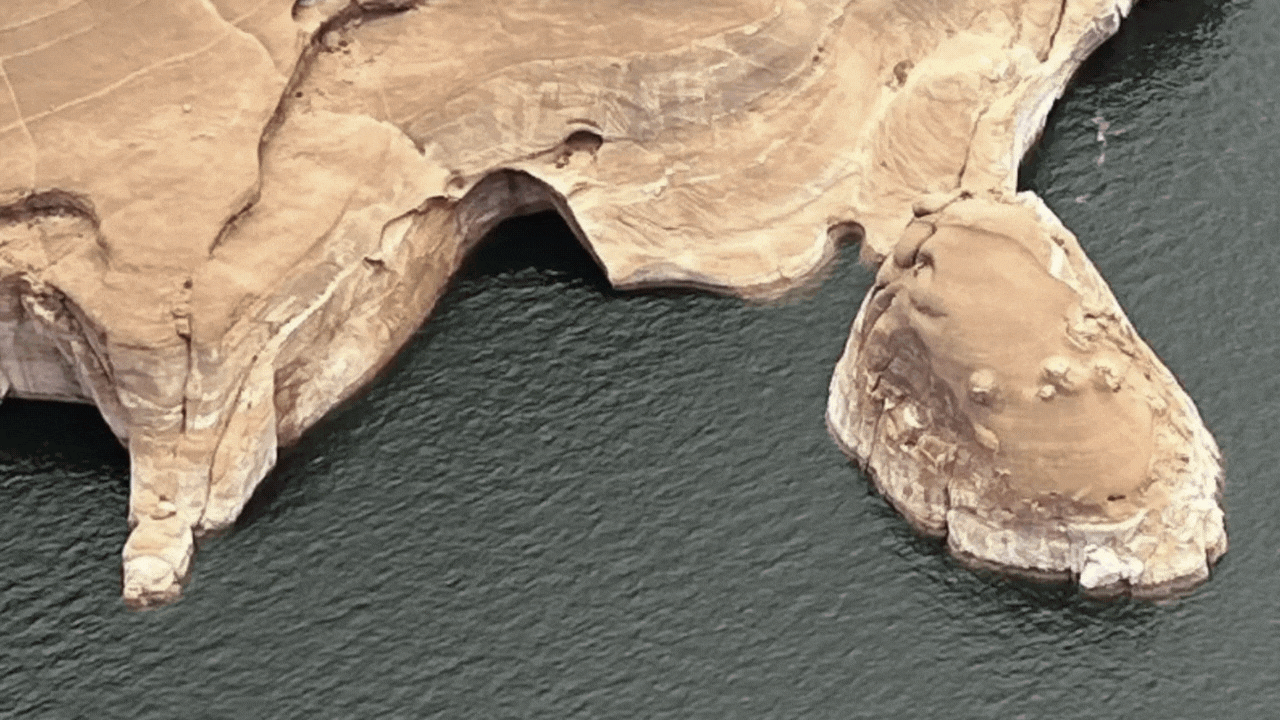A prominent geological structure located in southern Utah, known by various names such as the “Double Arch,” the “Hole in the Roof,” and occasionally the “Toilet Bowl,” has collapsed, according to a statement released by National Park Service officials on Friday. No one was harmed during the incident.
Park rangers believe that the collapse of the well-known arch, situated within the Glen Canyon National Recreation Area, may have been caused by fluctuating water levels and erosion resulting from waves in Lake Powell.
In her statement, Michelle Kerns, the superintendent of the recreation area that extends across the Utah-Arizona border, emphasised that the collapse serves as a reminder of the importance of preserving the mineral resources surrounding the lake.
The arch, composed of Navajo sandstone dating back approximately 190 million years to the late Triassic and early Jurassic periods, has been shaped by the forces of nature, including weather, wind, and rain, as mentioned in the statement.
Spanning nearly 2,000 square miles (5,180 square kilometers), the recreation area is a popular destination for boating and hiking enthusiasts.
Park rangers believe that the collapse of the well-known arch, situated within the Glen Canyon National Recreation Area, may have been caused by fluctuating water levels and erosion resulting from waves in Lake Powell.
In her statement, Michelle Kerns, the superintendent of the recreation area that extends across the Utah-Arizona border, emphasised that the collapse serves as a reminder of the importance of preserving the mineral resources surrounding the lake.
The arch, composed of Navajo sandstone dating back approximately 190 million years to the late Triassic and early Jurassic periods, has been shaped by the forces of nature, including weather, wind, and rain, as mentioned in the statement.
Spanning nearly 2,000 square miles (5,180 square kilometers), the recreation area is a popular destination for boating and hiking enthusiasts.
Source : Times of India






